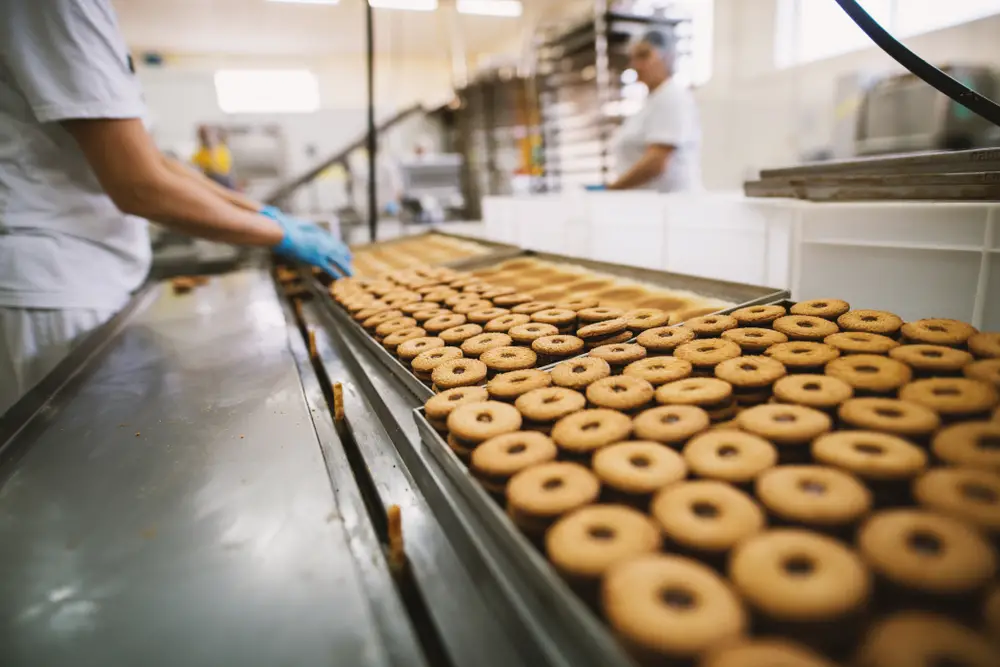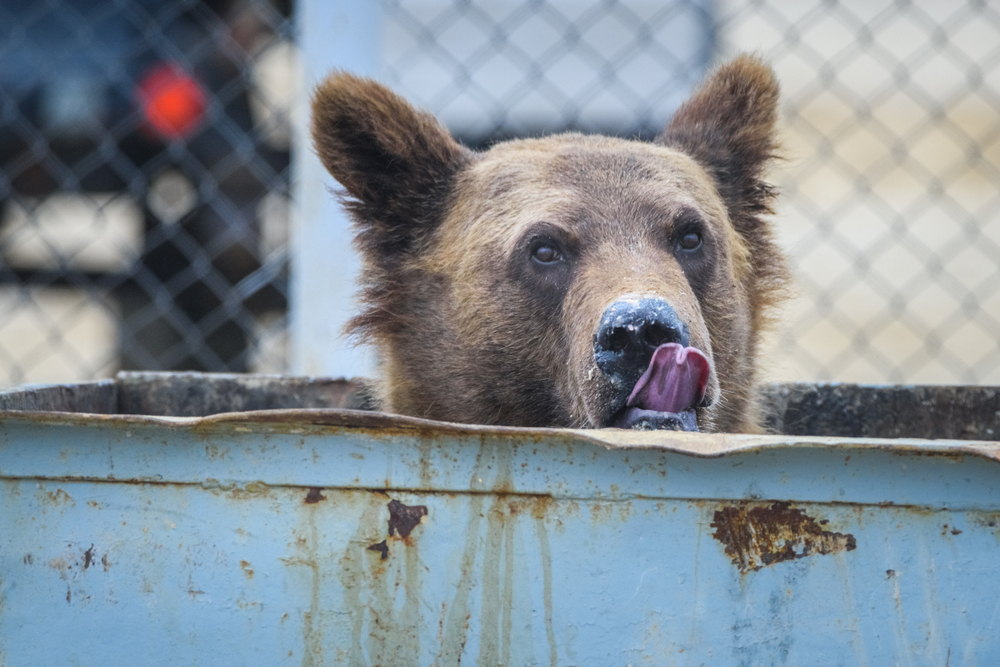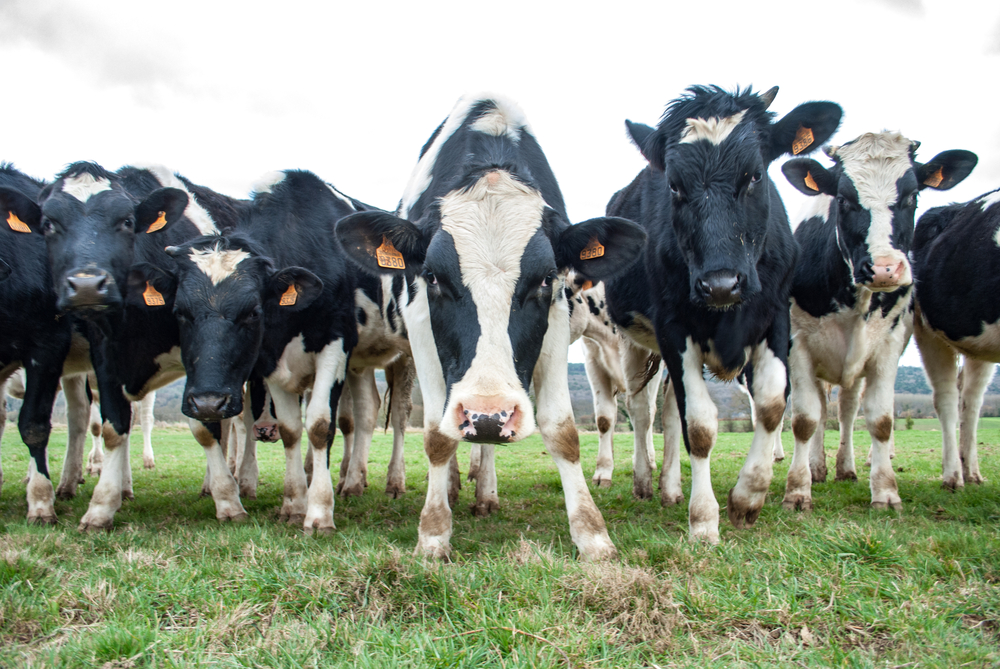If you’ve ever wondered about what goes on behind the scenes of your favorite meals, buckle up. The American food industry is a complex beast with its fair share of secrets—some of which might make you think twice before digging into your next meal. From dubious production processes to sneaky marketing strategies, here are some shocking truths that could forever change the way you look at your plate and have you rethink your grocery cart.
1. The Mystery Meat in Your Burger

Ever wondered what’s really in that juicy burger? Many fast-food joints are known for using mechanically separated meat, a product that involves grinding the entire carcass of an animal into a paste. This paste is then used to make those uniform patties we all know and love. While it’s approved by the USDA, the thought of this process can be unsettling. Add to that the possibility of added fillers and preservatives, and you might reconsider your next burger run.
In addition, companies often blend meats from various sources for consistency, which can make tracing the origin of the meat difficult. This practice raises concerns about quality control and food safety. While it may not be harmful, it’s a reminder that the true contents of our food are often hidden. Next time you enjoy a fast-food burger, you might wonder if it’s really worth the mystery.
2. The Sneaky Sugar Game

Think you’re cutting down on sugar? Think again. The food industry loves to sneak sugar into products you’d never suspect. Even savory foods like bread, pasta sauce, and soups can be loaded with added sugars disguised under different names. According to Harvard Health, there are over 60 different names for sugar, making it tricky for consumers to know what they’re really eating.
The impact of these hidden sugars is profound, contributing to obesity, diabetes, and other health issues. Yet, many food labels are designed to confuse rather than clarify. It’s a strategic move to keep you hooked on sweetness without knowing it. So next time you’re shopping, take an extra moment to scrutinize those ingredient lists.
3. The Secret of the “Natural” Label

The word “natural” on food packaging might seem reassuring, but it’s not as trustworthy as you might think. There’s no strict regulatory definition for the term when it comes to food labeling. According to the FDA, “natural” means that nothing artificial or synthetic has been included, but this doesn’t account for pesticides, GMOs, or laboratory-altered additives.
This lack of regulation allows companies to use the term liberally, often misleading consumers into believing a product is healthier than it actually is. Many shoppers equate “natural” with “organic,” but the two have vastly different standards. The misuse of this label plays into our desire for pure and wholesome foods but often delivers little more than a marketing illusion. So when you see “natural,” remember it’s not a guarantee of quality.
4. The Hidden Dangers of Processed Foods

Processed foods are a staple for many, offering convenience and long shelf-life. However, these foods often come with hidden health risks due to the additives and preservatives used. Many processed foods contain high levels of sodium, unhealthy fats, and artificial ingredients that can have long-term health effects. Consuming them regularly can increase the risk of heart disease, obesity, and other chronic conditions.
Moreover, the quality of ingredients used in processed foods is often compromised to cut costs. This means you’re not just missing out on nutrients, but you might also be ingesting low-quality ingredients. The process strips away essential nutrients, leaving you with empty calories. It’s a trade-off between convenience and health that’s worth considering when planning your meals.
5. The Dark Side of Mass Production

Mass production has made food more accessible, but it comes with significant downsides. The focus on quantity over quality often means that food safety and nutritional value take a back seat. In large-scale operations, corners are often cut to save time and money, leading to potential safety hazards. This can result in foodborne illnesses and contamination, something that should make anyone pause before biting into mass-produced food.
Additionally, mass production can have detrimental effects on the environment. The heavy reliance on machinery and chemicals contributes to pollution and resource depletion. It’s a system built for efficiency, not sustainability. As consumers, being aware of these impacts can influence how we choose to source our food.
6. The Obsession with Artificial Flavors

Have you ever wondered how your cereal stays so deliciously sweet and fruity? It’s often thanks to a concoction of artificial flavors. These lab-created chemicals mimic natural flavors but can have unintended consequences for your health. While considered safe by food regulatory bodies, the long-term effects of consuming artificial flavors are still largely unknown.
Moreover, artificial flavors can be incredibly addictive, keeping you coming back for more. This is no accident; it’s a result of careful engineering to ensure you enjoy every bite. The concerning part is how these flavors can mask poor-quality ingredients, tricking your taste buds into thinking you’re consuming something wholesome. Understanding what’s in your food is crucial for making healthier choices.
7. The Ugly Truth About Farmed Fish

Farmed fish might seem like a sustainable alternative, but the reality isn’t so clear-cut. These fish are often kept in overcrowded conditions that can lead to disease and contamination. To combat this, farms frequently use antibiotics, which can end up in the fish you eat. This practice raises concerns about antibiotic resistance and food safety.
Additionally, farmed fish are often fed an unnatural diet to expedite growth. This can affect the nutritional content of the fish, reducing levels of beneficial omega-3 fatty acids. While farmed fish can be a more affordable option, it’s essential to weigh the potential downsides. Knowing the source of your seafood can help make more informed and health-conscious choices.
8. The Reality of Cage-Free Eggs
Cage-free eggs are marketed as a humane and healthier option, but the truth isn’t always so simple. While the chickens aren’t confined to cages, they can still be kept in crowded, unsanitary conditions. This environment can lead to stress and disease, affecting the quality of the eggs. Furthermore, there’s no requirement for outdoor access, meaning these birds might never see daylight.
Despite the marketing claims, cage-free doesn’t necessarily mean better nutrition or welfare. The conditions can be just as poor, with only slight improvements over conventional egg-laying setups. Understanding what cage-free truly entails can help you make more ethical and informed purchasing decisions. It’s a reminder that labels can sometimes be more about perception than reality.
9. The Deceptive World of “Healthy” Snacks

The aisles of supermarkets are flooded with snacks claiming to be healthy, but many aren’t as virtuous as they appear. Often, these products replace fats or sugars with other additives that aren’t necessarily better for you. For instance, sugar-free snacks might use artificial sweeteners that can cause digestive issues. Similarly, low-fat products might be loaded with sodium and other preservatives to maintain flavor.
Moreover, the portion sizes on these so-called healthy snacks can be misleading. What seems like a small indulgence can quickly add up calorie-wise. It’s essential to look beyond the marketing claims and scrutinize nutritional labels. Being aware of these tactics can help you make truly healthy snack choices.
10. The Dark History of GMOs

Genetically Modified Organisms (GMOs) are a hot topic in agriculture and food production. While they promise increased yields and pest resistance, they also come with controversies. The long-term health effects of consuming GMOs are still debated, and the lack of conclusive research leaves many wary. Additionally, GMOs can lead to biodiversity loss and the emergence of superweeds resistant to traditional herbicides.
The corporate control over GMO seeds has also sparked concerns about food sovereignty and farmer independence. Many farmers are forced to buy new seeds each season, making them reliant on large agribusinesses. This dynamic can stifle smaller farms and reduce agricultural diversity. Understanding the implications of GMOs helps consumers make informed choices about their food.
11. The Impact of Food Waste

Food waste is a significant issue in the American food industry, with millions of tons discarded annually. This waste happens at every level, from production to consumer habits. Not only is food wasted, but resources like water, labor, and energy are also squandered. This contributes heavily to environmental issues such as greenhouse gas emissions and landfill overflow.
Additionally, the economic implications of food waste are massive. Billions of dollars are essentially thrown away, with little effort made toward redistributing excess food. Addressing food waste requires a concerted effort from both consumers and producers. By being more mindful of our consumption and supporting initiatives that reduce waste, we can help mitigate this pressing issue.
12. The Controversial World of Dairy Production

The dairy industry is often criticized for its treatment of animals and environmental impact. Cows are frequently kept in confined spaces and subjected to milking practices that can cause discomfort or harm. The use of hormones to increase milk production raises further ethical and health concerns. These practices have sparked debates about the sustainability and ethics of large-scale dairy production.
Moreover, dairy farming has significant environmental implications. The production process contributes to greenhouse gas emissions and requires substantial water and land resources. Exploring alternative options, such as plant-based milks, can reduce one’s environmental footprint. Understanding the realities of dairy production empowers consumers to make more ethical and sustainable choices.
13. The Undisclosed Use of Pesticides

Pesticides are widely used in agriculture to protect crops from pests and diseases. However, their extensive use has raised health and environmental concerns. Residues can remain on produce, posing potential risks to consumers. The Environmental Working Group has highlighted this issue, emphasizing the importance of thoroughly washing and peeling fruits and vegetables.
Beyond consumer health, pesticides can have far-reaching effects on ecosystems. They can contaminate water supplies and harm non-target organisms, including beneficial insects like bees. Advocating for and choosing organic produce when possible can reduce these risks. Being informed about pesticide use and its implications is crucial for making healthier food choices.
14. The Influence of Big Food Corporations

Large food corporations wield significant influence over what we eat and how it’s produced. Through aggressive marketing and lobbying, they shape food policies and consumer preferences. This power dynamic often prioritizes profit over public health, leading to the proliferation of unhealthy, processed foods. The impact is far-reaching, affecting everything from dietary habits to agricultural practices.
Moreover, the consolidation of the food industry limits choices for consumers. A few major players control the majority of brands we see on store shelves. This dominance can stifle innovation and reduce competition. Supporting smaller, local producers can help counteract this trend and encourage a more diverse and sustainable food system.
